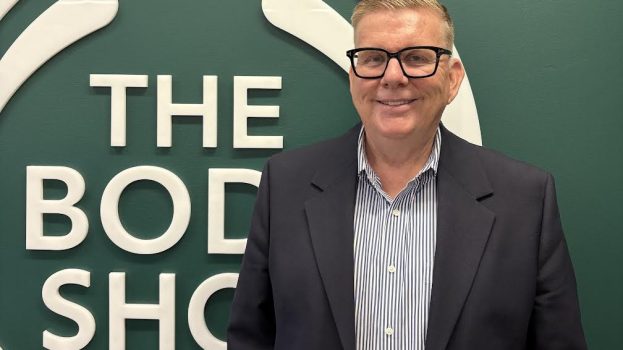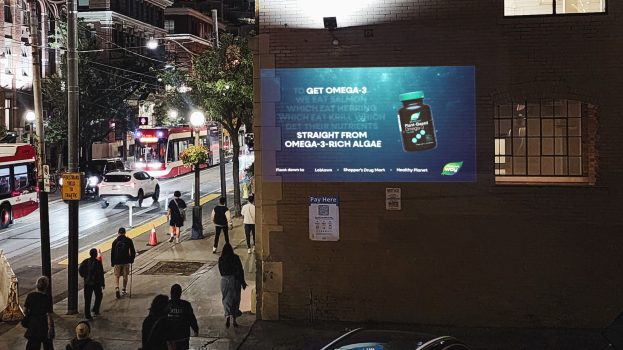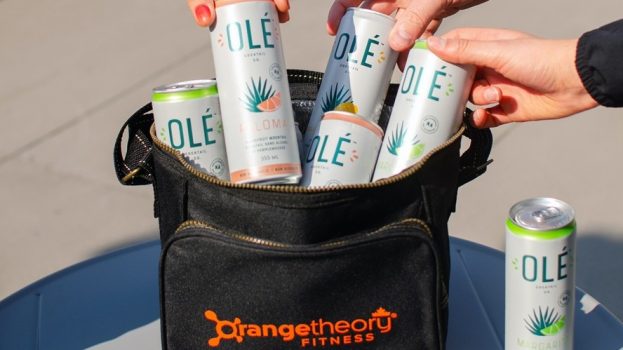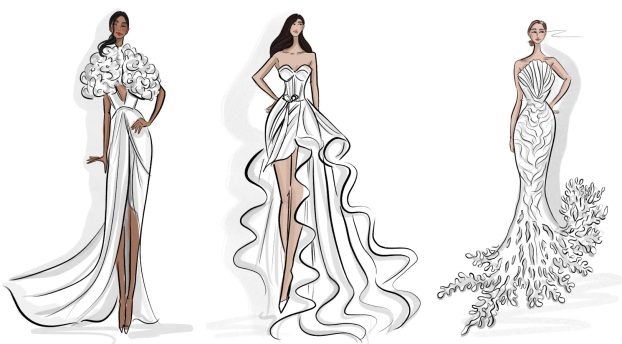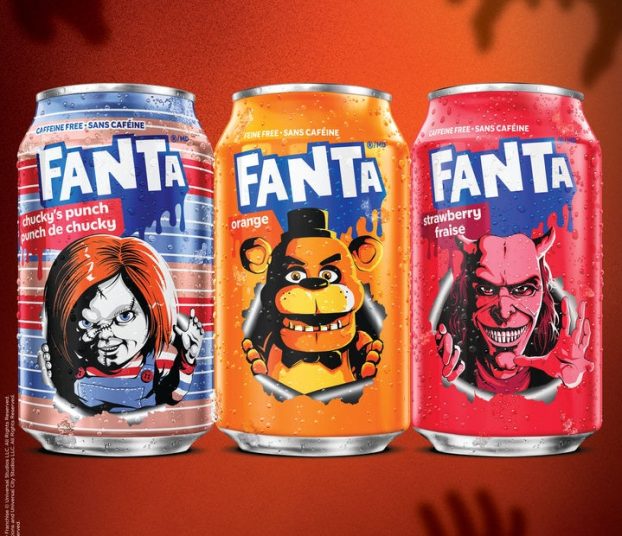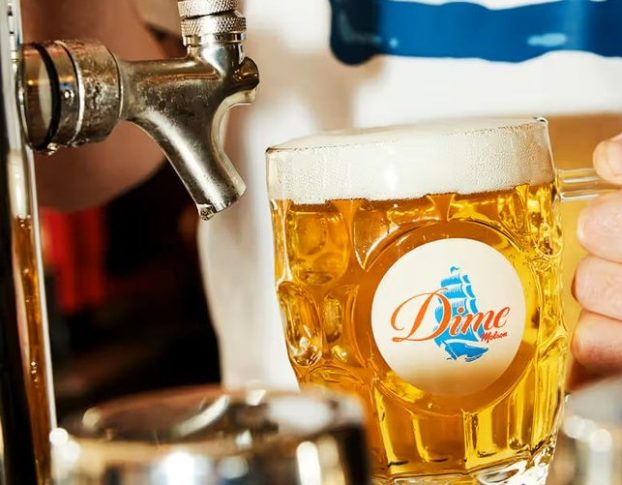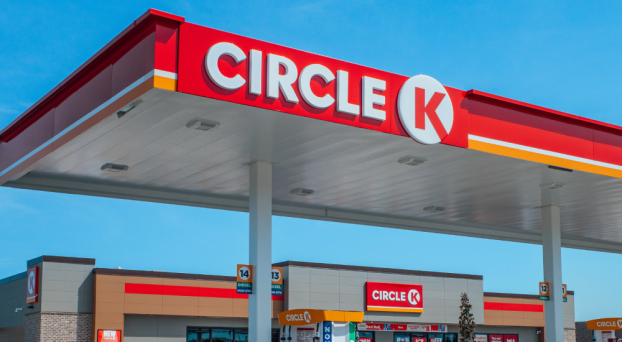In 1907, a French chemist discovered a new safe hair dye he called ‘Aureole’ and two years later the French Harmless Hair Company was born. Little did the inventor know, his company would eventually go on to become the world’s largest cosmetic empire. Encompassing such popular brands as Vichy, Biotherm, Lancôme and Garnier, what is now known as the L’Oréal Group has seen financial growth for the past eight years, and recently joined Fortune magazine’s list of 50 Most Admired Companies.
From the very beginning, the Paris-based company excelled at marketing. Founder Eugene Schueller launched a beauty magazine in 1933. Four years later he was part of a radio show. An early ‘Clean Children’ radio campaign spread a catchy jingle throughout France: ‘Be nice and clean, smell good!’
The Canadian subsidiary, purchased by L’Oréal as Cosmair Canada in 1994 and renamed L’Oréal Canada in 2000, is keeping up with tradition. Though rooted in international celebrity campaigns, L’Oréal Canada has produced a series of unique, localized campaigns that are changing the face of Canadian advertising, from the ongoing ‘Look Good, Feel Better’ campaign which supports women living with cancer, to the recent excursion into product placement on prime-time television. In fact, Montreal-based AOR Marketel has been responsible for some of the biggest, splashiest sponsorship, public relations and promotions in Canadian beauty marketing.
Now in hair care, hair colour, cosmetics, and skin care, L’Oréal is it. Ask anyone in the country. The company has had top of mind awareness for the last six years, in all age groups.
With $635 million in sales last year, L’Oréal Paris is Canada’s premier beauty brand and the face of L’Oréal Canada. According to its Canadian director of marketing Ron Szekely, L’Oréal Paris is all about expertise, luxury, prestige, premium products, scientific research and innovation. He calls it ‘the balance of art, science and consumer.’ Actually, it’s all about spending money on yourself – ‘because you’re worth it.’ But only because that famous turn of phrase so neatly embodies all of the above.
The slogan, originally used for a single hair colouring product in the U.S. in the 1970s, is now the company’s international positioning statement. ‘We need to be able to say that about everything we do.’ In the last 12 months, L’Oréal Paris has applied that statement to its new promise: luxury made accessible. That means bringing the company’s fashion and research expertise to the average Canadian consumer, the ‘you’ of the slogan.
In a literal sense, L’Oréal has brought glamour to Canadians through bringing the glamorous international makeup artist (and L’Oréal staffer) Eddie Maleterre to Canadian television, through talk shows as well as exclusive program sponsorship deals. In a grander sense, L’Oréal is fulfilling that mandate by being a constant innovator in mass products, mass marketing and mass media.
Products first. In the last 12 months, the company has introduced a series of new beauty tools, from Ideal Balance makeup for combination skin to Double Extend lash-lengthening mascara to something called ‘Jet-Set Shine Speed Dry Nail Enamel.’
Pure Zone Clarifying Cleansing Cloths, launched in January, have already earned 3% of the cleanser market share. Over half of Pure Zone customers are under 25, a first for L’Oréal Paris, whose other products count less than 4% of this coveted age range among their consumers. Reaching new demographics is an important strategy for attaining incremental market share growth. More important for the L’Oréal brand, the cloths themselves are a real scientific achievement, mingling paper and cleansing technology in a genuinely new format.
That’s on target with the company’s ‘research first’ image. At 3% of sales, the firm boasts the largest research budget of any cosmetics company. L’Oréal Group filed over 500 patents in 2002, a figure that was later touted in much of its advertising around the globe. It spends $1 million annually in Canada alone. This spring, the company awarded its annual L’Oréal Skin Grant to a Canadian researcher for the first time, adding a further $70,000 to cosmetic research in the country.
Yet marketing (which consumes closer to 25% of sales) is still the key to a product’s success. The April launch of Couleur Experte embodies the beauty brand’s business strategy.
Hair colouring had become a commodity in Canada, exemplified by bland rows of smiling, thirtysomething women on identical boxes in drug stores across the country. At the same time, over 70% of Canadian women are colouring their hair; some out of a $9 box and others after paying an average of $93 to have it done professionally. L’Oréal saw an opening for a premium product that would make the luxury of a salon visit affordable.
The result is a brand which, daringly, costs three times the average home hair dye and involves a complex two-step process that actually mimics the salon effect.
L’Oréal Canada spent $4 million on the product launch, including TV, magazine and outdoor advertising as well as 30-minute infomercials which demonstrate the somewhat complicated home treatment.
Immediately before the launch, AOR Marketel launched a nationwide training program for pharmacy cosmeticians. ‘As soon as the ads and product went on the shelf, all the pharmacies across Canada knew how the product works. This is the kind of thing we can do for L’Oréal,’ says creative director Gil de Sablon.
Oversized, metallic packaging cost six times what L’Oréal was used to paying, but also illustrated the added value directly to the consumer at point-of-purchase. Already, L’Oréal is counting repeat customers. ‘We broke all the rules and upgraded our brand,’ Szekely says.
But that’s not all. Couleur Experte was just one of the products to appear on this summer’s hit show, Canadian Idol, which debuted in June.
L’Oréal has long made use of Quebec television programs such as Clin d’Oeil, or Deux Fils du Matin to showcase new products, either by offering make-up artists or cosmeticians to give beauty advice during the program or in the case of the former, hosting two-minute L’Oréal vignettes. But mass media options in Canada were limited, until recently.
Popstars was its first stab at the Anglophone market and the project proved a success. Canadian Idol came at a key time for the brand, which happened to have a multitude of new products to demonstrate to young consumers. L’Oréal jumped at the chance. It made the first exclusive sponsorship offer, at a price with which few could compete. It also had the expertise to get exactly what it wanted out of the show.
‘This was not going to be like American Idol forcing contestants to pile into a Ford Focus,’ Szekely says. ‘We know that on set, there are make-up artists. We know that there are beauty advisers. There has to be a transformation from rags to riches, where the girl walks off the farm and by the time she’s done she’s ready to be a pop idol. That transformation requires somebody behind the scenes.’
But L’Oréal didn’t stay behind the scenes. Viewers were repeatedly given the opportunity to watch L’Oréal products in use, including Couleur Experte and Féria hair dyes as well as Studio Line hair products. Caroline Badger, manager for brand communications for L’Oréal Paris, made several appearances talking about new products during the program.
The final element was to make sure that consumers could just happen to find the exact same products on the shelves at retail the next day.
The entire episode speaks to the company’s all-encompassing media strategy, which is so important to the brand that members of L’Oréal Canada’s 20-person marketing team routinely scour the streets looking for great billboard spots – buying up spaces they want, and building new locations as necessary.
Sunni Boot, president of media agency of record Zenith Optimedia Canada, says L’Oréal is a leader in Canada. ‘They’re in the image business. They always pick the best magazines and have the best positions [inside front covers, for example, and always two-page spreads]. That’s a difficult thing to migrate to outdoor media but they’ve done it with a phenomenal hoarding.’
Last year, L’Oréal purchased Toronto’s Stollery building at Bloor and Yonge. Boot points out that this was one of the first ooh locations in Toronto, dating back to the turn of the century. But L’Oréal added another first by erecting a massive, permanent frame on which to showcase its products at the gateway to the city’s high-end shopping district. Boot also points to the massive billboard at Yonge and Dundas, which not only showcases the brand, but hides an ugly construction site. ‘They use outdoor strategically, but it’s also enhancing the environment.’
As the pressure for innovation increases, L’Oréal will continue to be a leader in marketing. The company’s media budget has grown by double digits for the last 20 years.
The real future for the company appears to be in skin care, the fastest growing beauty category. L’Oréal is on top of that too. Last fall, they launched the 10-month Skin Talks exhibition at the Musée de la Civilisation in Quebec City. The project is largely an artistic one, designed to inform and edify the public with some of L’Oréal’s expert knowledge in the field. But this spring saw an interesting cross-promotion: a spotlight on youth held on an April Saturday afternoon.
Pop star Gabrielle Destroismaisons sang and signed autographs. Skin care experts held beauty workshops helmed by Eddie Maleterre. Prizes were given away. All because ‘teens are worth it too.’

